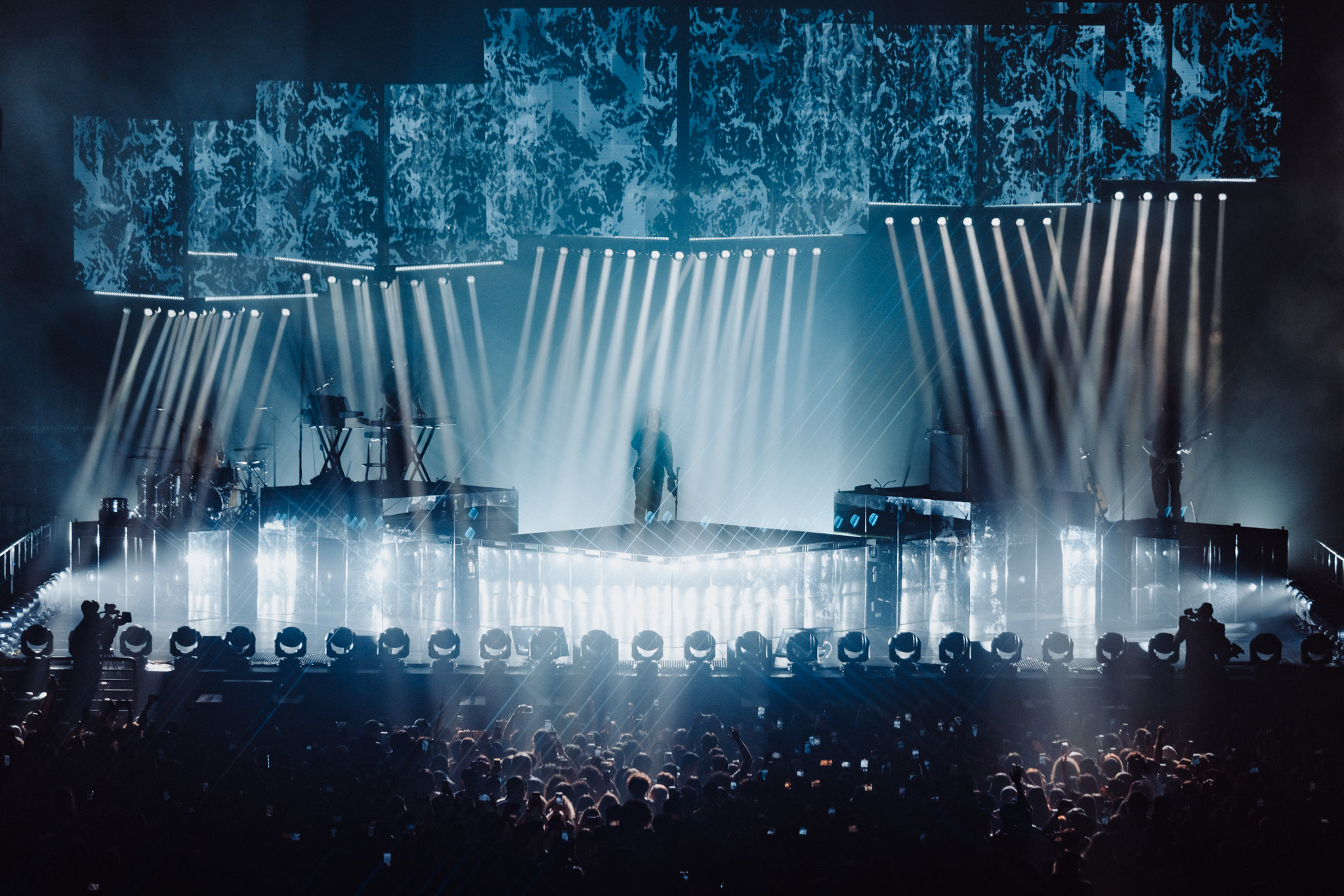We caught up with the brilliant and insightful Orin Torati a few weeks ago and have shared our conversation below.
Orin, appreciate you joining us today. One of the things we most admire about small businesses is their ability to diverge from the corporate/industry standard. Is there something that you or your brand do that differs from the industry standard? We’d love to hear about it as well as any stories you might have that illustrate how or why this difference matters.
To a certain extent, my background already puts me in a position that is divergent from corporate or industry standard. Due to my prior education and career in architecture and then shifting into the entertainment industry through my post-graduate degree I achieved at SCI-Arc’s Fiction & Entertainment, I can confidently say that I’m a unicum in this industry.
Due to my multidisciplinary approach and background, the work that I create spans a variety of industry subcultures. These range from art and spatial installations, concert visuals, and music videos to film and animation. All of these operate in the spaces between design and fiction. In all of my work, I strive to create and experiment with radical new aesthetics and narratives through the creative (mis)use of technologies.


Orin, before we move on to more of these sorts of questions, can you take some time to bring our readers up to speed on you and what you do?
Sure! My journey into the industry is a bit unconventional, as I started out in architecture, where I got my graduate degree. I spent some time working in that field, but I was always drawn to storytelling and the more creative, dynamic aspects of design. That curiosity led me to pursue a postgraduate degree focused on the entertainment industry, which ended up being a turning point for me. I made the leap from architecture into entertainment, and I haven’t looked back since.
Now, my work spans a variety of services depending on the client and the project’s needs. I offer a range of creative solutions, from full-service packages that cover everything from creative conception to direction and production, to more specialized services focused on specific areas like animation, concert visuals, virtual production, VFX, spatial design or album artwork. What I bring to the table is a combination of a strong design background from architecture and a passion for immersive storytelling, which allows me to approach projects with both artistic vision and technical precision.
I’m most proud of the projects where I’ve had the opportunity to blend these disciplines in unexpected ways. I aim to offer something that goes beyond just solving a problem or delivering a service; I want to push the boundaries of what’s possible and create experiences that stick with people long after they’ve encountered the work. At the end of the day, it’s about bringing ideas to life in a way that resonates, and that’s what I hope people take away from my work.


Is there a particular goal or mission driving your creative journey?
Honestly, my goal isn’t just about making impressive visuals or crafting perfect 3D worlds—it’s about using those skills to reshape how stories are experienced. I’m fascinated by the idea of creating spaces where art, narrative, and technology come together in a way that feels almost alive, where the lines between reality and the digital blur. It’s less about creating something for people to look at and more about inviting them into a world they can feel a part of, even if just for a moment. I want to challenge the conventions of storytelling and explore what’s possible when we give people the freedom to engage with a story in their own way.


Can you share your view on NFTs? (Note: this is for education/entertainment purposes only, readers should not construe this as advice)
Honestly, while NFTs seem like a promising way for artists to monetize their work, they can actually end up devaluing the artist’s effort and creativity. The thing is, the market for NFTs is largely driven by hype and trends, not necessarily the quality or depth of the artwork itself. That means the value of a piece can swing wildly based on external factors that have nothing to do with the art’s true worth. Plus, many NFT platforms take a big cut of the sales, so even if an artist does manage to sell something, they often don’t see a significant share of the profits. And when the focus shifts to creating ‘scarce’ digital assets rather than meaningful art, it can push artists to produce quickly for the sake of sales instead of really developing their craft. It ends up turning their work into just another commodity, rather than a form of personal expression.
Contact Info:
- Website: https://www.orintorati.com
- Instagram: @orintorati
- Linkedin: https://www.linkedin.com/in/orintorati/


Image Credits
John Summit ft. Hayla – Shiver (Dir. Blaze Gonzalez)
Girl in Red – 2023 Era’s Tour
Joji 2023 Tour
PST Art,: Art and Science Collide, Jennifer Chen – Pink Earth (Curated by Liam Young)
Collective Practice – Contrair 2019
TStewart – Elysian (Dir. Actual Objects)


